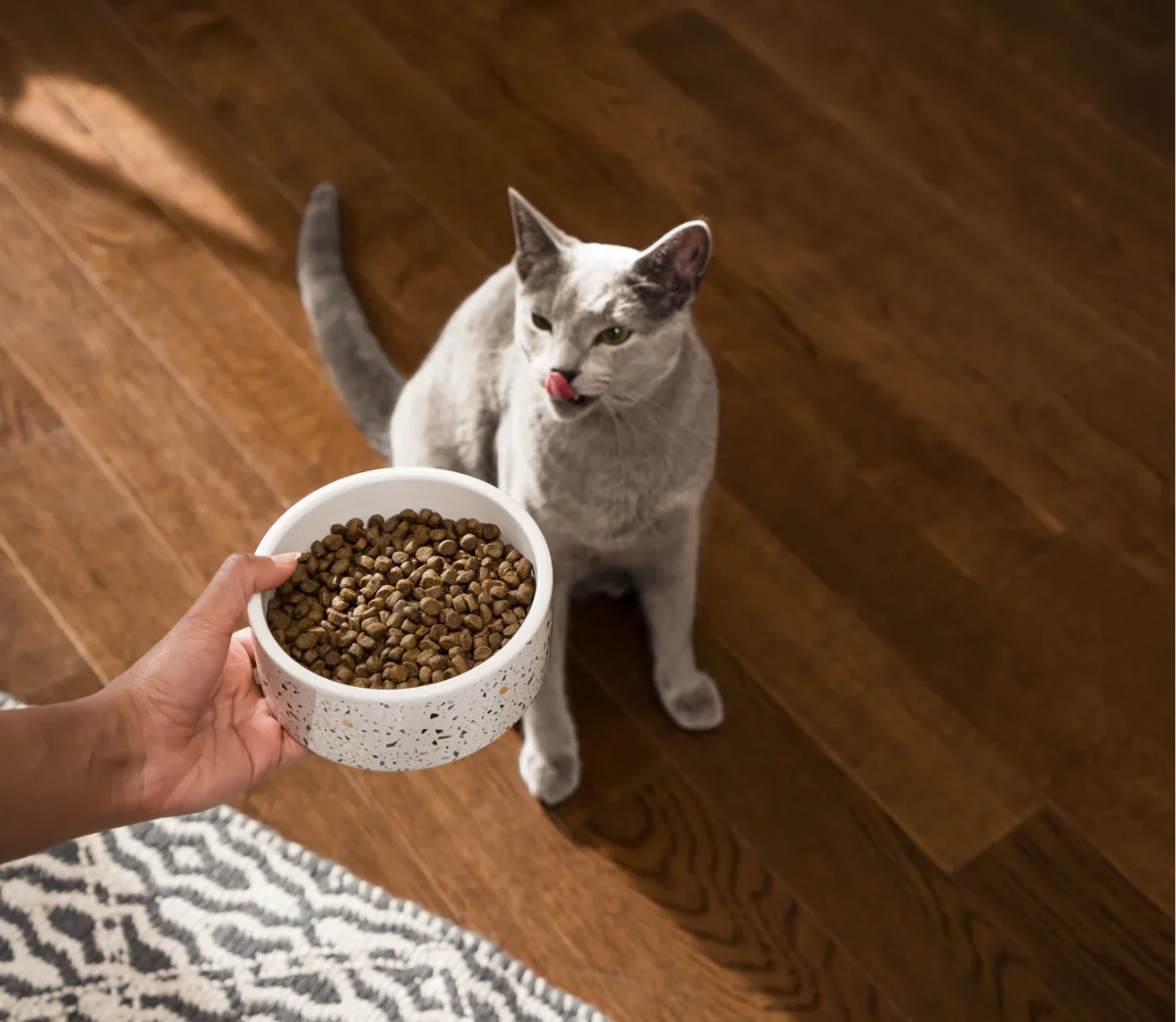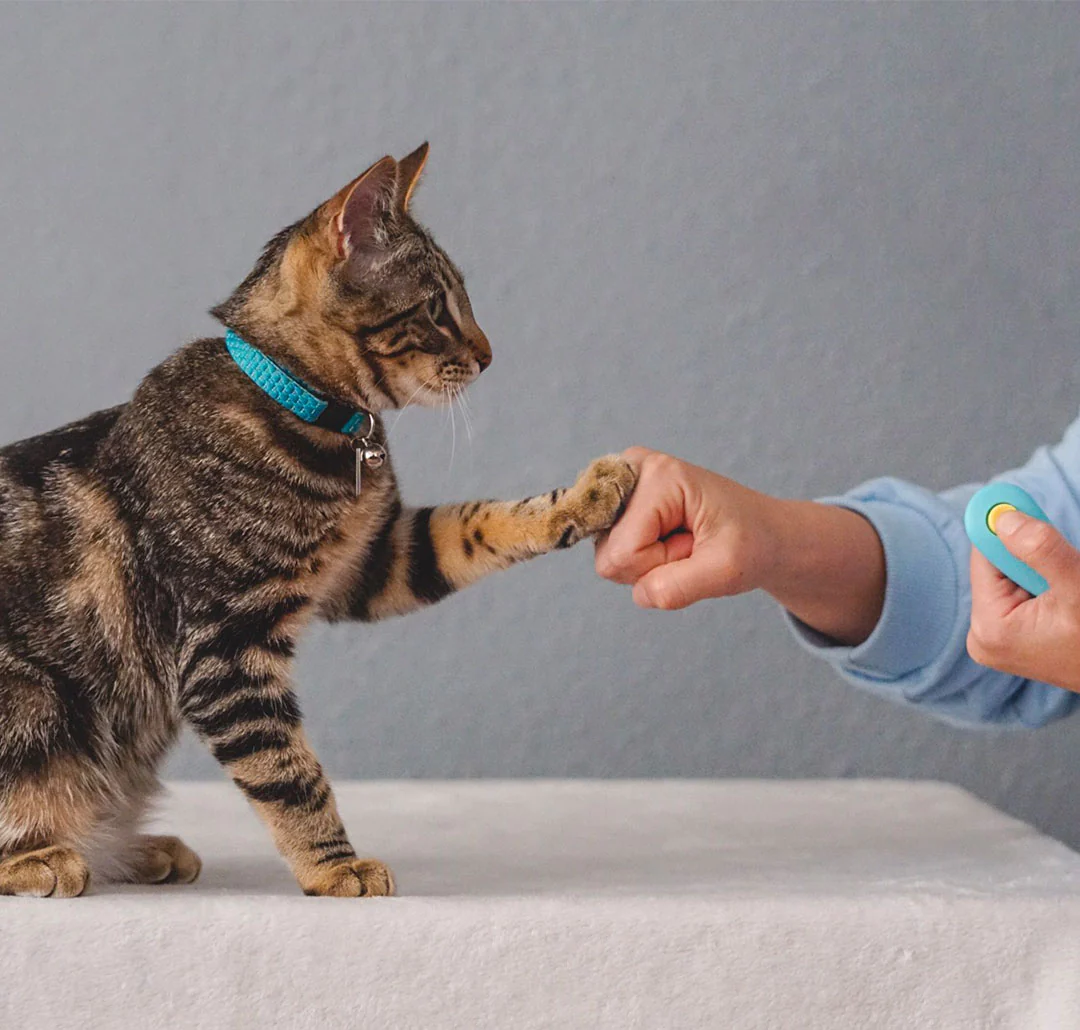What’s your favorite colour? This might seem like a pretty trivial question – used as an icebreaker, a get-to-know-you question or a lighthearted question you might ask a friend. The thing is, your favourite colour might reveal more about you than you might have thought. Red might stand for love or warnings, blue may stand for calmness and green could mean safety. Just like some colours are associated with certain objects or moods, they can be associated with certain character traits. Additionally, colours can have impacts on our mood as well as some physical impacts. The study of colours in this way is known as colour psychology. Based on your favourite colour, see what some of your personality traits might be!
Red
Red is a colour closely associated with love, passion, aggression and danger. Being the first colour a child sees as their eyes develop, it becomes a prominent colour in our lives. This fiery, bright colour can be contradictory at times, representing both positive and negative feelings.
Used for stop signs, sirens, red traffic lights and fire trucks, red represents warnings. It’s commonly associated with fire or blood, and some dangerous animals, connecting the colour red with danger. Additionally, it’s often associated with anger, due to how people’s faces may turn red when they’re aggravated. It can represent dominance, and a study found that athletes in red had a higher chance of success.
Red also has physical effects when we see it. Red is one of the unique colours that make people hungry. Being exposed to red can increase the heart rate, increased breathing rate, a higher blood pressure and a faster metabolism. The higher the speed of your metabolism, the hungrier you become. These effects can cause your energy levels to increase, also making you more excitable.
People whose favourite colour is red are likely to be exciting and bold. They are outgoing people who like adventure. They have strong emotions – both good and bad. They’re confident and might be aggressive, enjoying the action in life. They’re likely to be a leader and respected easily that way. They have a lot of energy and can be active and driven.
Orange
Orange is the colour of, well, oranges. It’s also a prominent colour in autumn, with pumpkins, changing leaves, and the colour of fire. A common question is whether the colour orange was named after the fruit, or if the fruit was named after the colour. The name orange was first applied to the fruit: before that, the colour was called yellow-red.
Orange is a very energetic colour. It’s associated with vibrancy and playfulness, representing enthusiasm. Additionally, it stands out visually, easily grabbing people’s attention. This is why it’s used in traffic signs and advertising. People might associate the colour orange with warmth or sweetness because it’s the colour of fire/sunsets and citrus fruit. Like red, orange can be both positive and negative. It’s an optimistic colour, confident and enthusiastic. On the flip side, it can be associated with arrogance, the autumnal season, cold weather and melancholy.
Due to the energetic nature of the colour, orange can increase energy levels. This makes it difficult to complete difficult tasks in an orange environment, such as studying, but it’s good for when high alertness is required.
People whose favourite colour is orange usually have very strong, confident personalities. They enjoy attention and are very friendly individuals. Outgoing and enthusiastic, good at completing tasks and productive, these people are productive and invested in what they do. They lead active social lives, wanting acceptance and respect from their friend circle.
Yellow
Yellow is the colour that is associated with the sun, flowers, and summer. Yellow pigments were some of the first used in ancient cave paintings. Similarly to red, yellow has both positive and negative moods associated with it.
Yellow can be bright and energetic, but it can also be too intense when there’s too much of it. It can be warm and golden, but can also lead to visual exhaustion. Yellow is considered the “most visible” colour – it’s the easiest to see from a distance. This means that it’s good at getting people’s attention, especially when issuing a warning or caution.
Also similarly to red, yellow can increase the metabolism rate and make people hungrier. It’s a cheerful colour that people associate with joy and excitement, making people more excited. However, it can also lead to more frustration due to its aggressiveness. According to a couple of studies, people are more likely to lose their temper and babies are more likely to cry in a yellow room than a non-yellow room. In some cases, it can inflict dizziness and nausea if it’s too prominent in the setting.
People whose favourite colour is yellow are likely to be optimistic, friendly, and cheerful. They are lighthearted, yet may sometimes be a bit much with their optimistic habits. They can be dynamic individuals, calculated and logical but also easily distracted. A study found that people whose favourite colour is yellow can be spontaneous and quick-thinking, therefore they’re usually good at making decisions.
Green
Green things are seen as natural, pure and clean. It usually represents nature, due to the green of the trees, grass, and plants. It’s associated with luck or wealth, and can also symbolise envy. The human eye can see more shades of green than it can see of any other colour. Green also has many health benefits in addition to the mood-boosting qualities it has.
Green is a very calming, relaxing colour. Specific shades of green help people stay peaceful and tranquil in a new place, making the colour popular among interior designers. A study was conducted where participants exercised while watching a video with a colour film on top. Participants reported having a calmer mood with less exertion while watching the green film video than a red or grey film video.
For some, the colour green is motivational and creative. Some associate green with achievement and success. The colour can lead to increased rates of creativity and productivity. Green’s association with nature and purity connects the colour to health. Scientists can support this claim as well since people who spend more time surrounded by a green atmosphere tend to have lower blood pressure levels. As much as green is associated with a positive mood, it can also be associated with jealousy and envy.
People whose favourite colour is green are likely to have good time management skills. They usually are good at picking their priorities and organising themselves that way. They are calm, curious, open-minded, and desire success. They care a lot about their reputation and want to be active in their social circles. They appreciate learning and knowledge and can be stubborn or perfectionistic. They pick their opinions carefully and support their opinions strongly.
Blue
Blue is a peaceful, tranquil colour commonly associated with water and the sky. It’s the most popular favourite colour across many countries, as well as on a global scale. Blue can be seen as a safe, traditional colour because it’s so many people’s favourites. This also gives it a reputation for being secure, stable and reliable, especially in marketing and advertising.
Blue is commonly seen as the “sad” colour. Its portrayal in many pop culture movies and phrases, such as Sadness from Pixar’s Inside Out or “feeling blue”, can give it a feeling of sorrow or loneliness. Blue is a very creative and productive colour as well. Studies have shown that people who work in blue rooms are more likely to be creative and productive rather than those who work in other coloured rooms.
Additionally, blue has many health impacts. It can lower your heart rate, causing an effect known as the “sleepy” effect: you become more tired. It can also lower one’s body temperature, keeping them cooler. In one instance, a coffee shop painted blue had customers consistently reviewing that the location was cold. After repainting the walls to an orange colour, the reviews stopped.
Contrary to red, blue is the least appetizing colour. The colour occurs very rarely in nature, and prehistoric humans adapted to survival so that they didn’t eat anything poisonous. Blue was one of the colours that represented danger in food, so people stayed away from it – now making blue a less appetising colour. One study dyed a piece of meat blue, and participants were much less likely to eat the blue meat than the red one.
People whose favourite colour is blue are likely to be creative individuals. They’re usually compassionate, kind and sympathetic. They’re enthusiastic and sincere. Due to the stable and secure properties of the colour blue, people with blue as their favourite colour are seen as reliable and calm. They’re loyal and giving, putting others’ needs before their own. This also means that they might be perfectionists and can sometimes stretch themselves too thin to meet their perceived expectations.
Purple
Purple is the colour derived from mixing red and blue. Due to this, it has properties of both of the primary colours. Fun fact: the colour purple doesn’t actually exist on the wavelength of light – the colour violet is a shade of blue, on the blue end of the colour spectrum. Purple is a combination of red and blue: two colours that never meet on the light spectrum, therefore it doesn’t technically exist.
Purple is a colour that originally was only for the wealthy. The dye that created the colour purple in fabrics and paints was rare, since purple isn’t commonly found in nature. Therefore, it became very expensive. Only royalty or prominent figures were able to afford the purple dye and use it.
Since purple doesn’t occur naturally as much as other colours do, it can be seen as either exotic and unique, or bold and artificial. Due to this, opinions of the colour seem to be quite divided. Most people either love it or hate it. Purple can also be a symbol of courage or bravery. Throughout history, the luxurious colour was given as honours to those who have sacrificed a lot or who have been courageous, associating it with bravery.
The blending of red and blue in purple promotes mental stability. It’s relaxing and soothing from the blue, yet still energetic and exciting from the red. Both ends of the spectrum combined create both a relaxing and energising colour. The colour balances itself out, leading to stability and security.
People whose favourite colour is purple are creative, unique individuals. They enjoy being different from the crowd. They can be unpredictable and fun to be around, but also might be a bit much at times. Since purple is a blend of the boldness of red and the coolness of blue, the balance forms an inquisitive and imaginative character. It can lead to a mysterious personality, artistic and thoughtful.
All in all, your favourite colour – whether it be red, blue, yellow, or somewhere in between, has associations that affect each colour’s personality. Some colors have mental benefits and others have physical effects as well. Not all of the connections between a colour and your personality might be true, but it’s certainly fun to see how your favourite colours can reveal things about you.
Works Cited
MSEd, Kendra Cherry. “Psychology of the Color Orange.” Verywell Mind, 14 Mar. 2023, www.verywellmind.com/the-color-psychology-of-orange-2795818.
—. “Red Color Psychology.” Verywell Mind, 28 June 2023, www.verywellmind.com/the-color-psychology-of-red-2795821.
—. “The Color Blue: Meaning and Color Psychology.” Verywell Mind, 20 Feb. 2024, www.verywellmind.com/the-color-psychology-of-blue-2795815#:~:text=The%20Psychology%20of%20Blue&text=Blue%20calls%20to%20mind%20feelings,their%20advertising%20and%20marketing%20efforts.
—. “The Psychology of the Color Yellow.” Verywell Mind, 27 Nov. 2023, www.verywellmind.com/the-color-psychology-of-yellow-2795823#:~:text=energy%20and%20excitement.-,Yellow%20Can%20Be%20Aggressive,angry%20when%20surrounded%20by%20yellow.
—. “What Does the Color Green Mean?” Verywell Mind, 20 Nov. 2023, www.verywellmind.com/color-psychology-green-2795817.
—. “What Does the Color Purple Mean?” Verywell Mind, 12 Mar. 2023, www.verywellmind.com/the-color-psychology-of-purple-2795820.
Psych2Go. “What Your Favorite Color Says About You .” YouTube, 26 Oct. 2020, www.youtube.com/watch?v=5Ju5-Sfni30.
University of the Cumberlands. “What Does Your Favorite Color Say About You?” University of the Cumberlands, 20 Nov. 2018, www.ucumberlands.edu/blog/what-does-your-favorite-color-say-about-you#:~:text=What%20does%20it%20mean%20if,appear%20more%20alluring%20to%20others.
“Enjoy These Abstract Color Images for Free.” Freepik, 19 Apr. 2023, www.freepik.com/free-photos-vectors/abstract-color.












